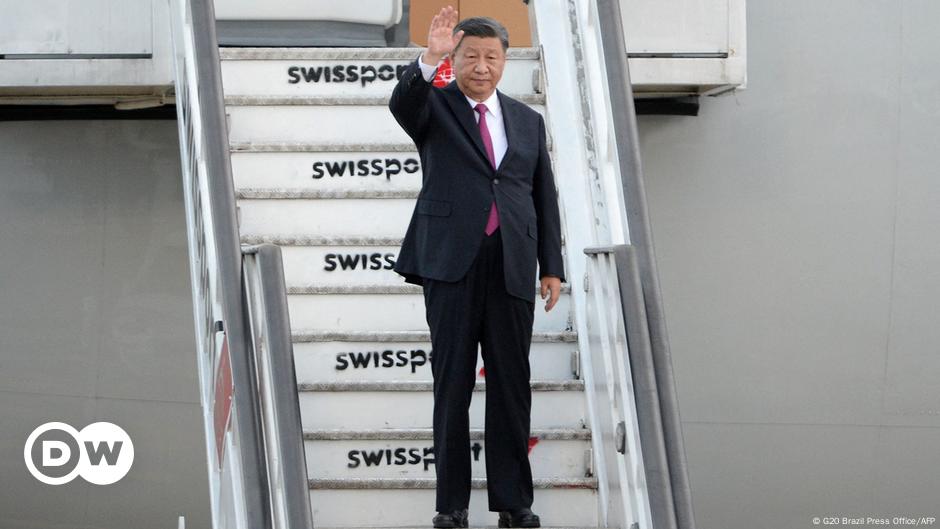The US dollar closed slightly higher against the Brazilian real on Friday, November 22, 2024. This uptick came as investors awaited the government’s announcement of public spending cuts.
The currency market reflected ongoing fiscal concerns and global economic tensions. The spot dollar ended the trading session at R$ 5.8144, a minor increase of 0.05%.
Over the week, the US currency gained 0.45% against the real. This performance mirrored trends seen in international markets. The DXY index, which measures the dollar against six major currencies, rose by 0.60% to 107.573 points.
Domestic factors played a key role in the dollar’s movement. Markets eagerly anticipated details on public spending reductions. Finance Minister Fernando Haddad recently stated that the government would meet its projected primary result for the year.
He mentioned a likely budget freeze of about R$ 5 billion. Haddad plans to announce the exact date of the fiscal package release by Monday, November 25.
 Dollar Rises to R$ 5.81 Amid Fiscal Uncertainty. (Photo Internet reproduction)
Dollar Rises to R$ 5.81 Amid Fiscal Uncertainty. (Photo Internet reproduction)This decision will follow a meeting with President Luiz Inácio Lula da Silva. The government aims to trim expenses without altering its overall financial goals.
Global Geopolitics and Brazil’s Fiscal Strategy
Minister of Institutional Relations, Alexandre Padilha, used a tree-pruning metaphor to describe the fiscal strategy. He suggested the government was making careful cuts to ensure healthy economic growth.
This approach aims to balance fiscal responsibility with development needs. Global factors also influenced the dollar‘s strength. Risk aversion in international markets favored the US currency.
Investors view the dollar as a safe-haven asset during uncertain times. Ongoing tensions in Ukraine raised concerns about potential conflict expansion and its impact on commodity prices, especially oil.
Russia’s recent use of a new hypersonic missile in Ukraine added to these worries. Moscow claimed this action was a message to Western nations supporting Ukraine.
The move heightened fears of escalating international tensions. Economic data from Europe further boosted the dollar. Weaker activity figures from the UK and Germany strengthened the US currency against the euro and pound.
These reports underscored the ongoing economic challenges faced by major European economies. The currency market remains sensitive to both domestic and international developments.
Investors are closely watching for the Brazilian government’s fiscal announcements. They are also monitoring global geopolitical events and economic indicators. These factors continue to shape the dollar’s performance against the real and other currencies.

 By The Rio Times | Created at 2024-11-23 05:07:15 | Updated at 2024-11-23 10:54:05
13 hours ago
By The Rio Times | Created at 2024-11-23 05:07:15 | Updated at 2024-11-23 10:54:05
13 hours ago








